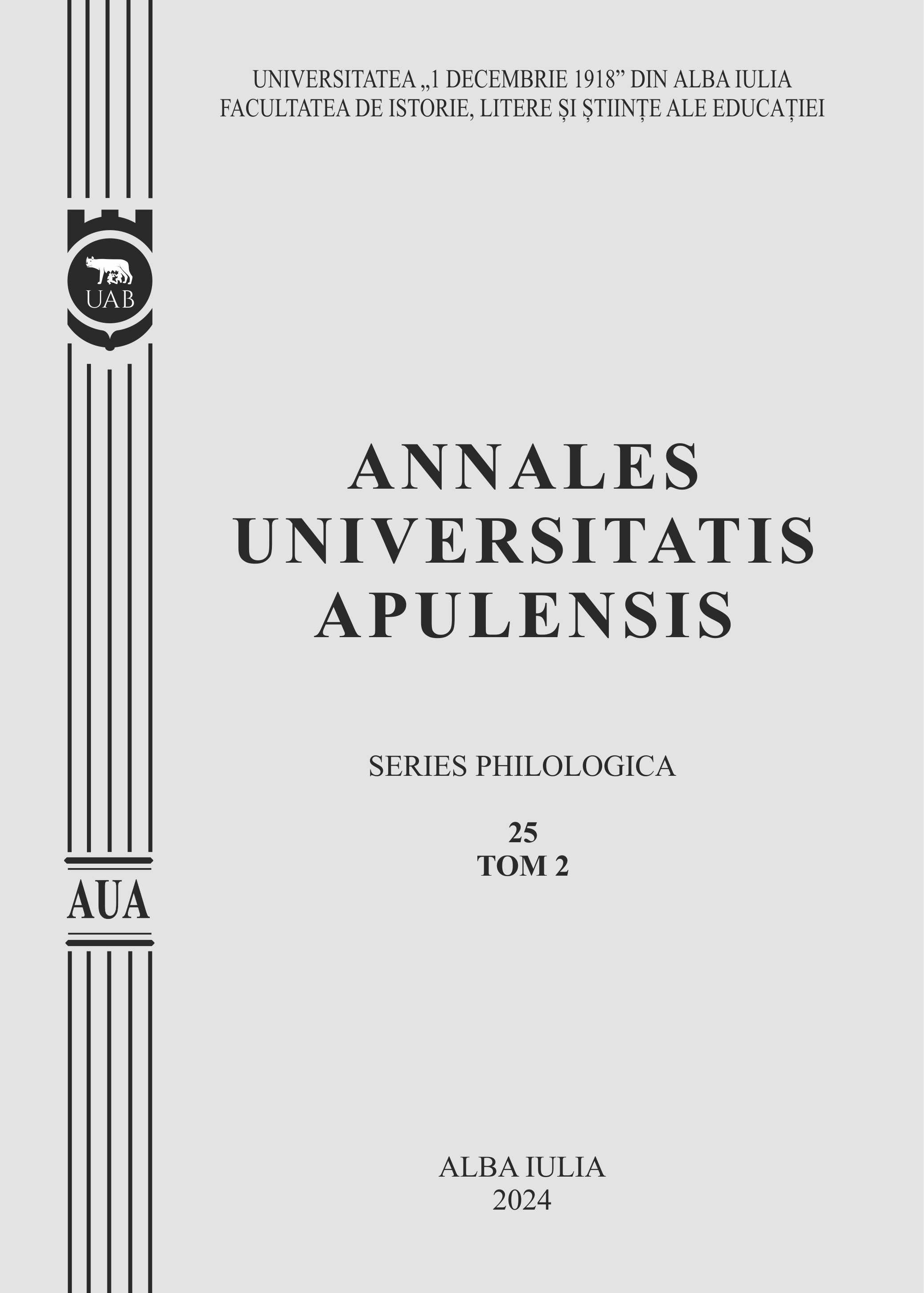EMIL RACOVIȚĂ – TRIPLU EXPLORATOR ÎN CERCETAREA BIOLOGICĂ
EMIL RACOVIȚĂ – A TRIPLE EXPLORER IN BIOLOGICAL RESEARCH
Author(s): Violeta-Luminița ȘipoșSubject(s): Social Sciences, Language and Literature Studies, Sociology of Literature
Published by: Universitatea »1 Decembrie 1918« Alba Iulia
Keywords: Scientist; speleology; underground ecosystems; cave; research
Summary/Abstract: A world-renowned scientist, Emil Racoviţă was born in Iaşi, on November 15, 1868, coming from an old family of Moldavian boyars. His father, Gheorghe Racoviță, a magistrate by profession, was one of the founding members of the “Junimea” Literary Society, and his mother, Eufrosina Racoviță, born in Stamatopol, was a talented pianist.According to his father’s wish, he attended the Faculty of Law in Paris, but he did not give up his dream either and in parallel, he attended the anthropology courses at the Faculty of Sciences. After obtaining his law degree, he fulfilled his duty to his heart and enrolled at the Faculty of Science at the Sorbonne University. In 1891 he graduated from this faculty as well, then worked at the Arago laboratories in Banyuls-Sur-Mer where he studied underwater life. He enrolled for a doctorate and on March 15, 1896 defended his thesis on Le lobe céphalique et l` encéphale des annélidespolychètes (Cephalic lobe and brain of polychaete annelids).In May 1896 he received a letter from a member of the "Belgica" expedition, HenrykArctowski, asking him to be part of the team going to the South Pole. The expedition began on August 16, 1897, from the port of Antwerp, where Emil Racoviță joined the 18 men in the crew, and lasted until November 18, 1899. The period between March 1898 and February 1899, when the "Belgica" was a prisoner of ice was auspicious because Emil Racoviță embarked on the study of the life and behaviour of whales, penguins and some species of Antarctic birds, these observations remaining a classic work in the literature of this science.After the Union of December 1, 1918, Victor Babeş persuaded him to move to Romania and appointed him director of the Institute of Biospeology in Cluj, the first and only one of the kind in the world at that time. He was appointed professor at the Faculty of Sciences of the University of Cluj, moving the Center for Speleological Research from Paris to Cluj. Here, in addition to the classes dedicated to college students, Racoviță also led the research program of the caves in the Apuseni Mountains.He exploited more than 1,200 caves in Europe and Africa and collected more than 50,000 cave fauna exhibits. Between 1920 and 1947 he was director of the Institute of Speleology and then senator of Romania (1922-1926), rector of the University of Cluj between 1929 and 1930 and President of the Romanian Academy (1926-1929). Triple explorer in biological research, Emil Racoviță was the first biologist to study the Antarctic living environment, oceanographer and speleologist.He died on November 17, 1947, in Cluj and is buried in the Central Cemetery of Cluj-Napoca.
Journal: Annales Universitatis Apulensis. Series Philologica
- Issue Year: 25/2024
- Issue No: 2
- Page Range: 195-204
- Page Count: 10
- Language: Romanian

